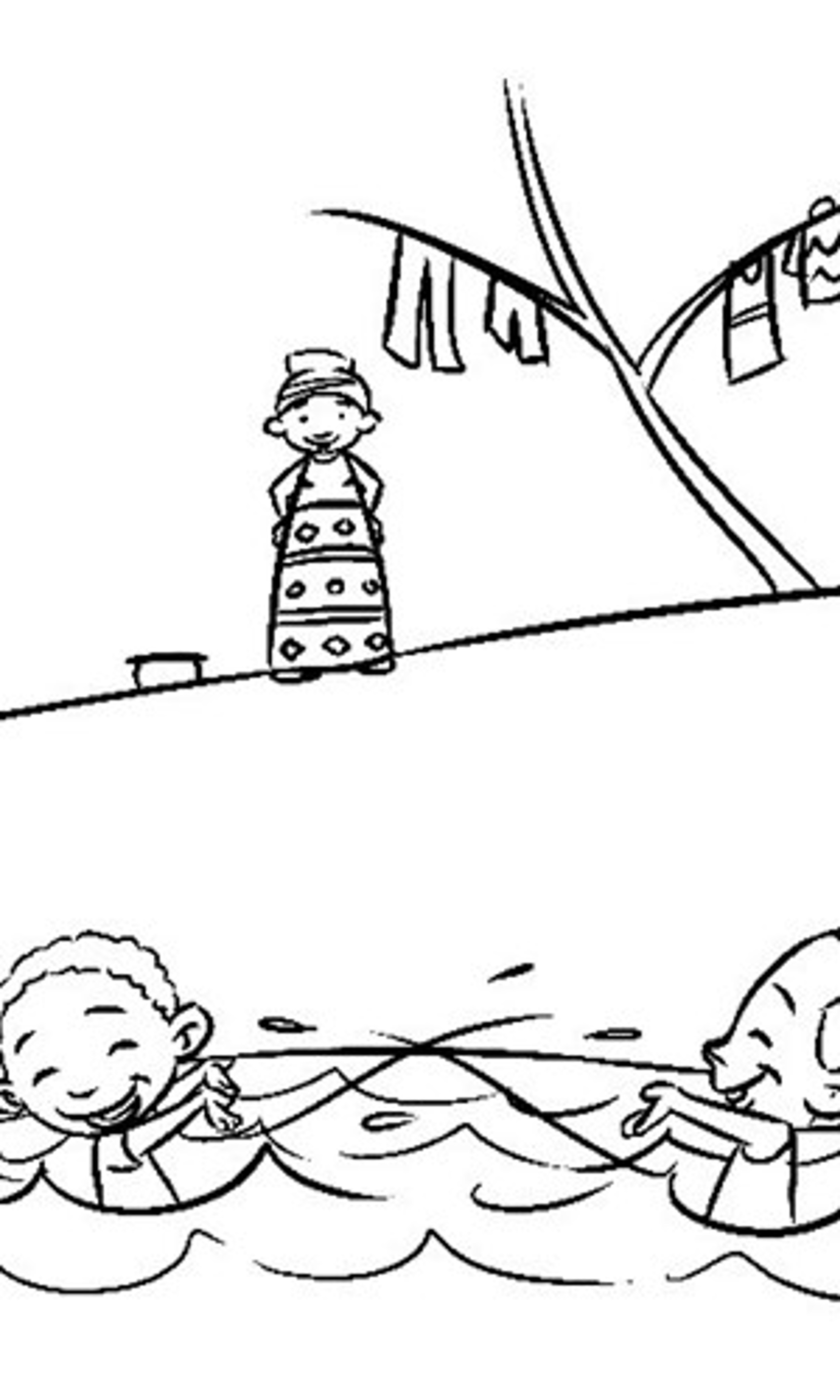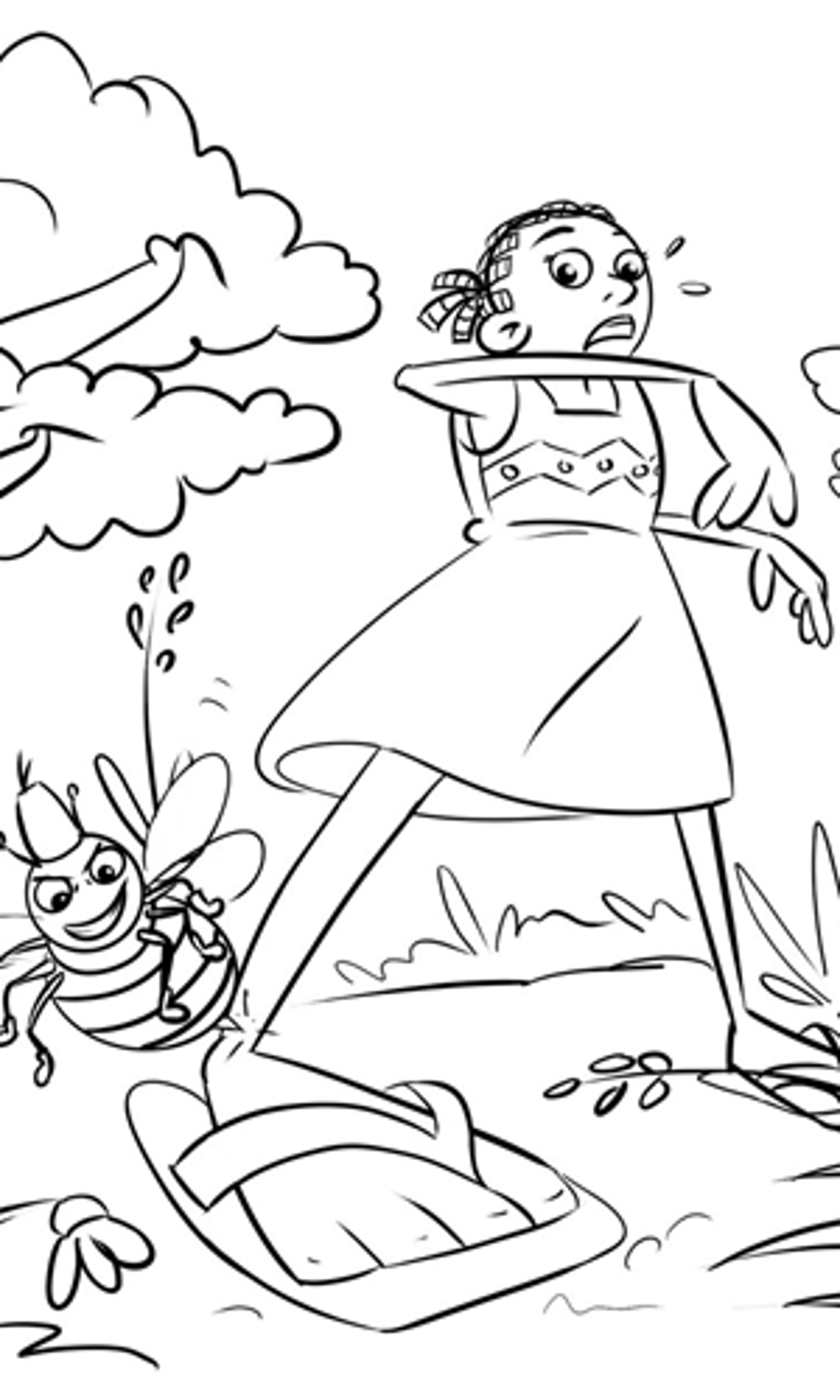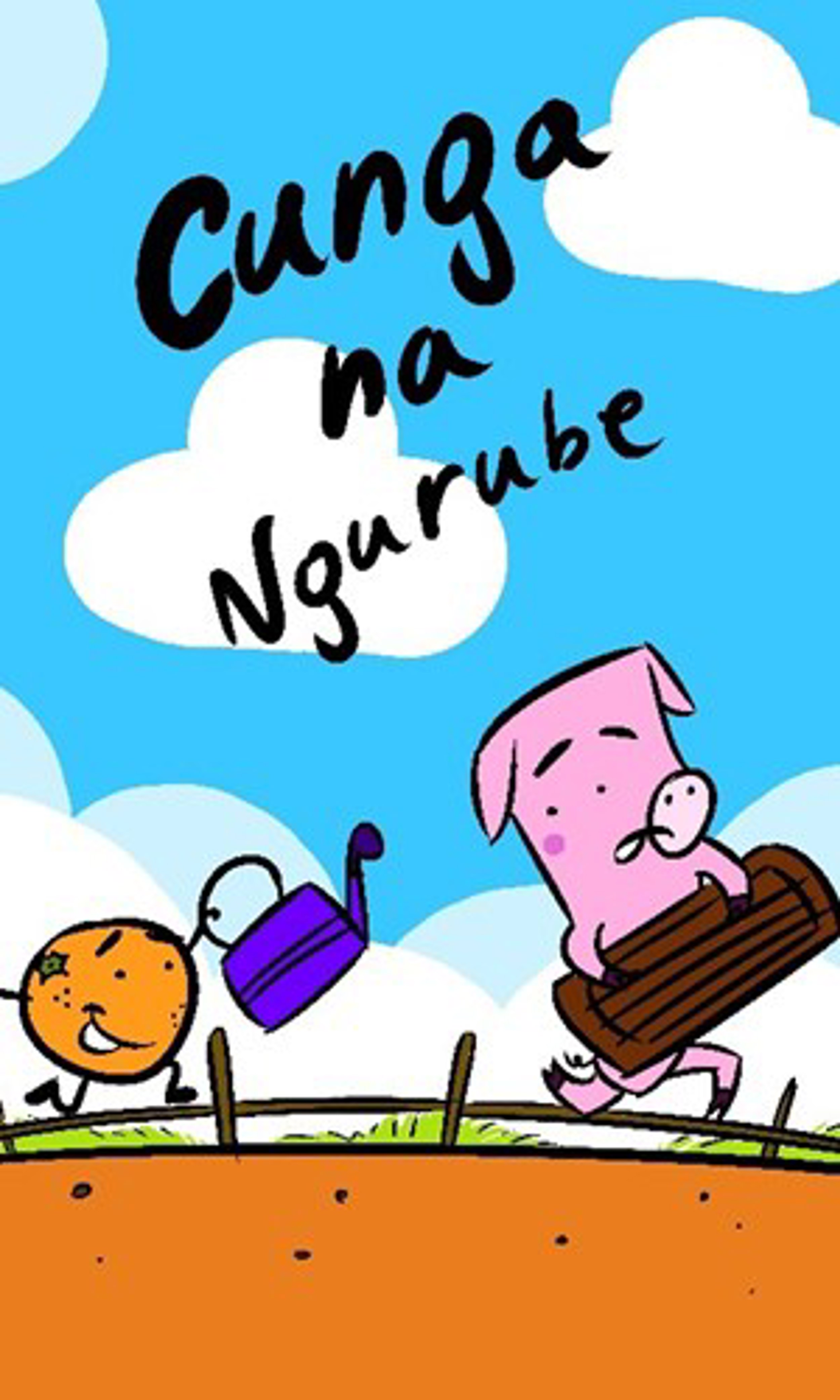
By Kerri Thomsen
Director, Instruction Programming
Room to Read's Literacy Portfolio
Trying to read a storybook can be a frustrating experience for a young reader. Having only learned a few letters, they may still be unable to read many of the words that appear on the page before them. After 20 years of working with schools, teachers, authors and illustrators through Room to Read's Literacy Portfolio, we know children require extensive practice to hone their reading skills to become fluent, independent readers. That's where decodable stories come in.
To become fluent, independent readers, children require extensive practice to hone their reading skills. When children have only learned a few letters, trying to read a storybook can be a frustrating experience because they cannot read many of the words.
Decodable stories, written with only the graphemes (letters or letter combinations) children have already learned, provide children with a real reading experience that is at an appropriate level for the very earliest beginning readers. With decodable stories, children build phonics skills, fluency, and confidence.[1]
However, because of the limitations of writing with a controlled text, decodable stories can sometimes be stilted, plot-less, and flat. To motivate reading, books need to be interesting and fun! Decodable stories can meet educational needs and still be appealing to children.
Content creators (authors, illustrators and editors) can follow these five steps to develop decodable stories that wow:
1. Emphasize engaging content

Just because you’re writing with controlled text is no excuse to neglect the plot. Even stories with as few as 10 words can have a problem and resolution.
When your main character has a logical objective and takes action to achieve it, children relate to the character and read on to see what happens. Interesting topics draw children’s attention.[2]
Image: From the story "Zuba Yize Koga" by Musanabera Sifa and Ntirenganya Alphonse, illustrated by Muhirwa François Regis ©2018 Rwanda Education Board [3]
2. Use writing techniques to make the text more interesting
Build capacity in writing techniques, such as using humor, visual writing, and action writing. Children love stories that are funny, and humor can be incorporated in many ways. In visual writing, the author paints a picture in the reader’s mind, allowing her to immerse herself in the story and draw inferences. Action writing keeps the story fresh and exciting by keeping the pace lively and the action varied.

3. Use illustrations to add more to the story than the words can say
Decodable stories are usually short, and the author may not have the words or length available to round out the story with details. Creative and fun illustrations can add emotion, setting, a character, or motivation to your story.[4] The illustration is also likely to be the only place the reader gets information about what the character looks like, providing opportunity for diversity and unexpected details.
Image: From the story "Ibaruwa" by Musanabera Sifa and Ntirenganya Alphonse, illustrated by Muhirwa François Regis ©2018 Rwanda Education Board
4. Vary the types of illustrations

Changing between spot illustrations and full page, up shots and down shots, close-ups and panoramas gives illustrations visual interest and meaning. The reader’s eye is drawn to different focus elements as he uses the illustrations to build a picture of the full story.
Image: From the story "Uruyuki" by Mugenzi Jean Baptiste, Rubanda Jean François, and Setaha Benjamin, illustrated by Hirwa Twizerimana Mika ©2018 Rwanda Education Board
5. Create intriguing covers

The cover and title are the first thing children will see when they pick up a story. They should be unique and spark interest in what the story is about.
Image: From the story "Cunga na Ngurube" by Musanabera Sifa and Ntirenganya Alphonse, illustrated by Muhirwa François Regis ©2018 Rwanda Education Board
Decodable stories don’t have to be boring!
Applying lessons learned from the study of picture books, decodable stories can follow the same best practices. Following these five tips will help creators of decodable stories make texts that children want to read.
References
[1] Davidson, M. (2013). "Books that children can read: Decodable books and book leveling." Washington, D.C.: United States Agency for International Development.
[2] Mohr, K.A.J. (2006). "Children’s Choices for Recreational Reading: A Three-Part Investigation of Selection Preferences, Rationales, and Processes." Journal of Literacy Research 38(1), 81-104.
[3] All illustrations referenced in this article were created with the support of the USAID Soma Umenye project in Rwanda.
[4] Fang, Z. (1996). "Illustrations, Text, and the Child Reader: What are Pictures in Children’s Storybooks For?" Reading Horizons 37(2), 130-142.



